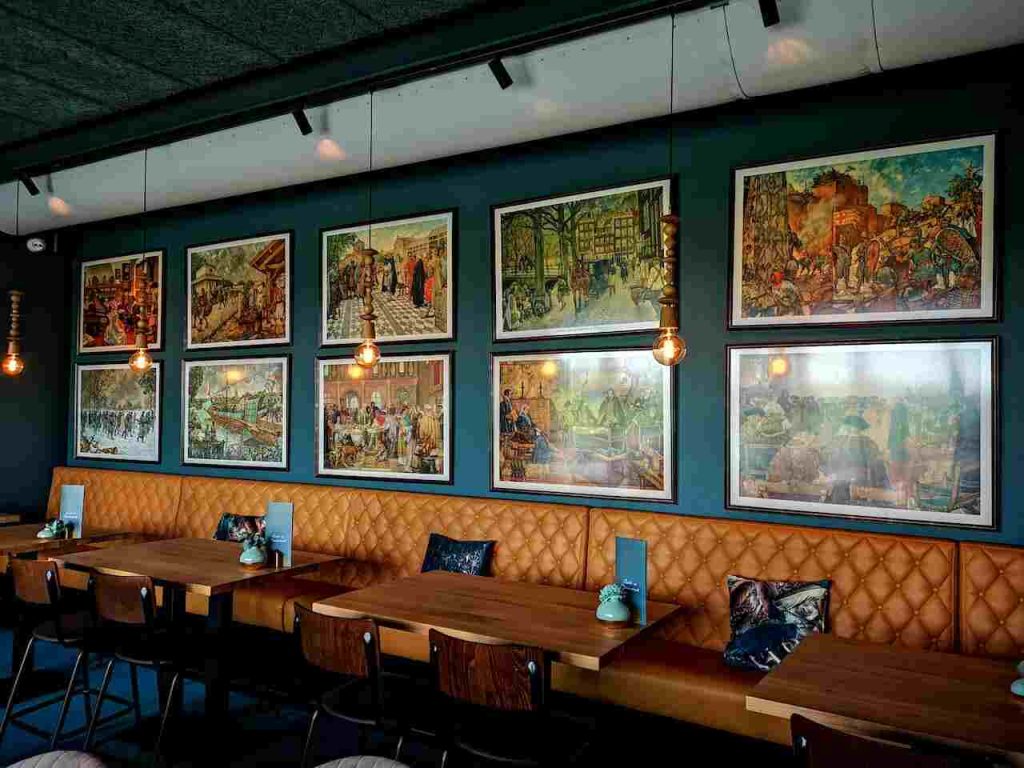Epoxy wood tables stand out as exquisite works of art and functionality, setting themselves apart from ordinary wooden tables through their unique characteristics and captivating appeal. Let’s explore how epoxy wood tables differ from conventional wooden tables, showcasing their distinct features and contributions to interior design.
Aesthetic Enchantment
Epoxy tables: Epoxy wood tables are a symphony of textures and colors. The infusion of epoxy resin with wood results in a dynamic and three-dimensional effect that seems to capture movement within the table’s surface. This artistic blend transforms each table into a visual masterpiece, with the resin often resembling flowing water or vivid swirls of color.
Traditional Wooden Tables: In contrast, traditional wooden tables primarily emphasize the natural grain and texture of the wood itself. While they possess their own inherent charm, they typically lack the multidimensional visual intrigue of epoxy wood tables.
Unprecedented Customization
Epoxy Wood Tables: Epoxy resin offers a realm of creative possibilities. Artisans can embed various materials within the resin, experimenting with pigments, dyes, and even small objects. This level of customization allows individuals to infuse their personality and preferences into the design, resulting in a one-of-a-kind piece that resonates with their aesthetic.
Traditional Wooden Tables: Traditional wooden tables are limited by the natural appearance of the wood. While their appeal lies in their authentic beauty, customization options are often restricted to the choice of wood species and finishes.
Durability and Protection
Epoxy Wood Tables: Epoxy resin serves as both an artistic medium and a protective shield. It enhances the wood’s durability by safeguarding it from scratches, moisture, and UV radiation, thereby extending the table’s lifespan while retaining its glossy luster.
Traditional Wooden Tables: Conventional wooden tables can be susceptible to wear and tear over time. While finishes can offer some degree of protection, they might not provide the same level of resilience as epoxy resin.
Artistry and Innovation
Epoxy Wood Tables: Epoxy wood tables are a testament to modern design innovation. The intricate designs, vibrant colors, and unique patterns created by artisans highlight a harmonious fusion of traditional materials and contemporary artistic techniques.
Traditional Wooden Tables: Traditional wooden tables celebrate the timeless elegance of wood and craftsmanship. However, they often adhere to more conventional design norms, making them a choice that pays homage to classic aesthetics.
Conclusion
Epoxy wood tables redefine furniture aesthetics through their fusion of nature and artistry. The interplay of epoxy resin and wood results in tables that transcend traditional design boundaries. While both epoxy wood tables and traditional wooden tables have their own merits, epoxy wood tables emerge as showstopping pieces that embody individuality, innovation, and the ever-evolving nature of interior design.
